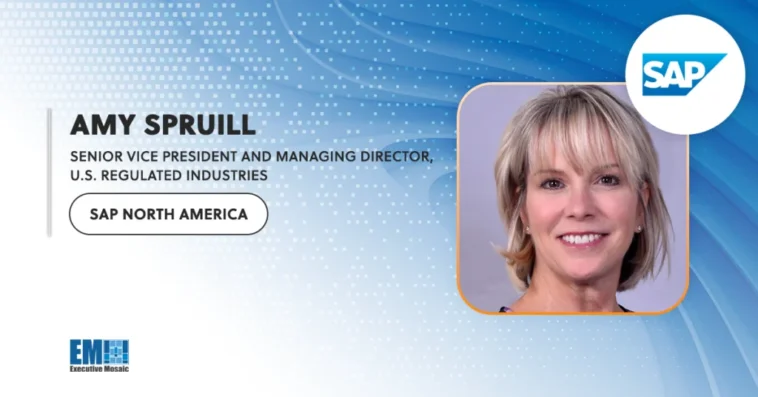According to Amy Spruill, senior vice president and managing director of U.S. regulated industries at SAP, a key element that differentiates robotic process automation from its artificial intelligence-powered counterpart is the level of autonomy and task specificity, FedTech Magazine reported Thursday.
“RPA is more about configuration and simple rules and is applied to specific, preconfigured tasks. AI-enhanced RPA sits in the middle, blending the specific task orientation of RPA with the broader capabilities of AI,” Spruill added.
For its part, AI has more autonomy and can manage more tasks.
“AI helps when you need intelligence or advanced logic, but all of this requires having a clear strategy from top-level management. Start building teams that can gather user needs and use cases, then develop functional requirements,” she stated.
The SAP executive said she would use three rules to measure success with automation and AI implementation.
“How much time is saved from the task? How much time is saved from an employee’s week? And how much time is saved by the team? If you want more precise metrics, bring in a lean engineer to perform value stream mapping, but these three make great starting benchmarks,” Spruill noted.





